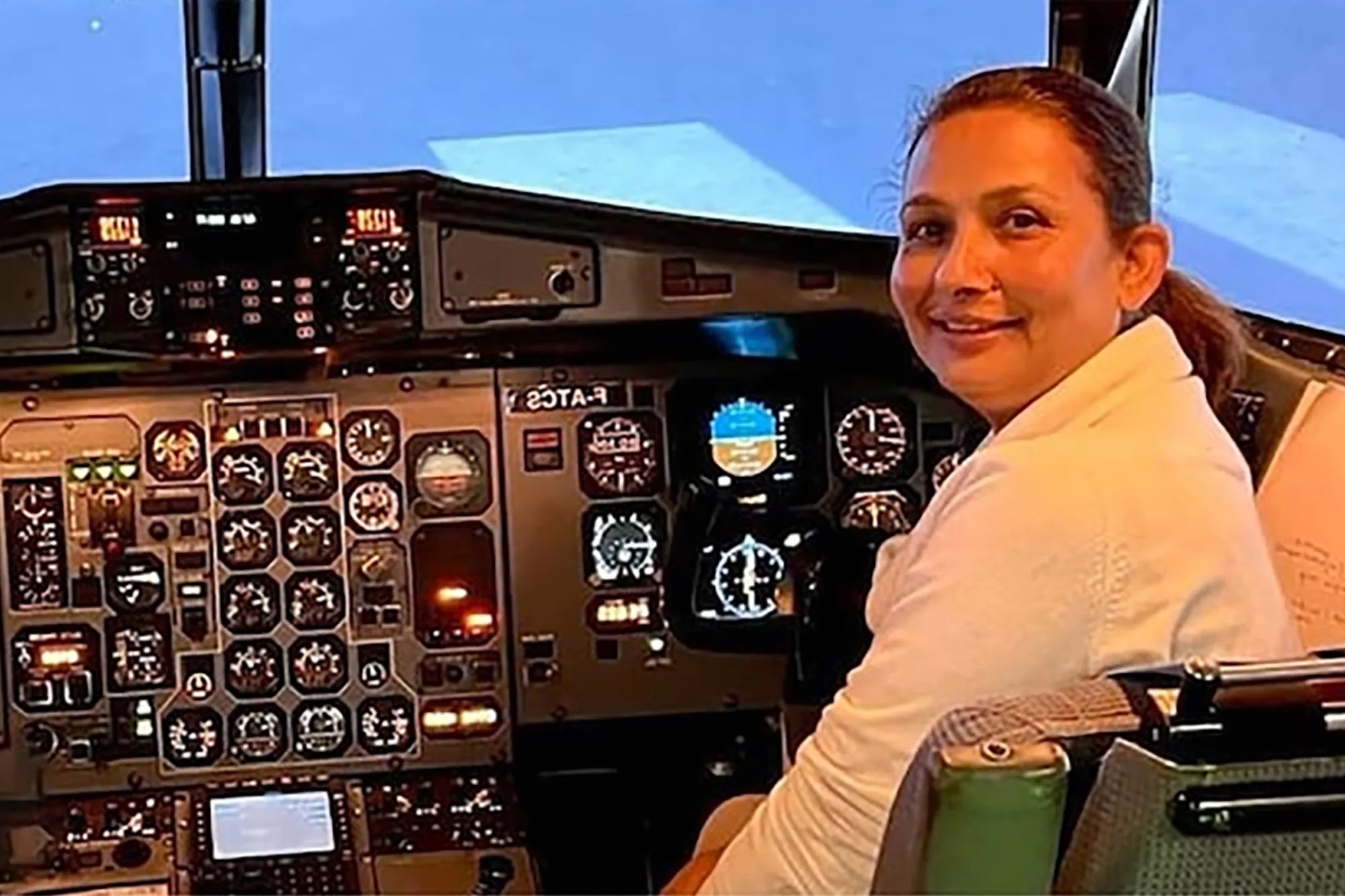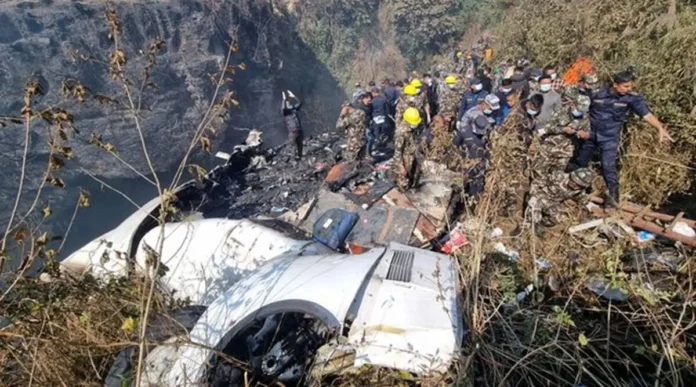The aviation industry is built on a foundation of safety, with stringent protocols in place to ensure the well-being of passengers and crew. Yeti Airlines Flight 691, however, serves as a sobering reminder of the potential risks and challenges faced in the skies. On September 1, 2023, this domestic flight in Nepal experienced a harrowing emergency situation, raising questions about the effectiveness of emergency response procedures and the broader implications for aviation safety. This article delves into the events surrounding Yeti Airlines Flight 691 and examines the emergency response efforts in detail.
 Preliminary findings suggested that a mechanical malfunction may have occurred in one of the aircraft’s critical systems, prompting the crew to initiate emergency procedures. The airline’s maintenance practices, crew training, and adherence to safety protocols were also scrutinized as part of the investigation.
Preliminary findings suggested that a mechanical malfunction may have occurred in one of the aircraft’s critical systems, prompting the crew to initiate emergency procedures. The airline’s maintenance practices, crew training, and adherence to safety protocols were also scrutinized as part of the investigation.

Background
Yeti Airlines Flight 691 was a scheduled domestic passenger flight operated by Yeti Airlines, a prominent airline based in Nepal. The flight was en route from Kathmandu to Bhairahawa, with 19 passengers and 3 crew members on board. The aircraft involved in the incident was a DHC-6 Twin Otter, a popular choice for short-haul flights in the region known for its rugged terrain and challenging weather conditions.The Emergency
Approximately 15 minutes into the flight, the crew of Yeti Airlines Flight 691 encountered an unexpected mechanical issue, prompting them to declare an emergency. The exact nature of the issue has not been disclosed publicly, but reports suggest that it was severe enough to warrant immediate action. In response, the crew initiated emergency procedures and prepared for an emergency landing.Emergency Response
The emergency response to Yeti Airlines Flight 691 was swift and coordinated, with multiple agencies and stakeholders mobilizing to ensure the safety of the passengers and crew. Upon receiving the distress call from the aircraft, air traffic control (ATC) personnel immediately sprang into action, providing assistance and guidance to the flight crew as they navigated the emergency situation. Meanwhile, emergency services on the ground were put on high alert, ready to respond to any potential incidents or casualties. Local authorities and aviation regulators were also notified of the situation, initiating investigations into the cause of the emergency and the airline’s response.The Emergency Landing
Despite the challenges posed by the emergency, the crew of Yeti Airlines Flight 691 managed to execute a successful emergency landing at Gautam Buddha Airport in Bhairahawa. The airport’s emergency response teams were standing by, ready to assist with firefighting, medical assistance, and evacuation procedures if necessary. Fortunately, the landing was uneventful, and all passengers and crew members were safely evacuated from the aircraft.Investigation and Analysis
In the aftermath of the emergency landing, investigations were launched to determine the cause of the mechanical issue and evaluate the airline’s response to the emergency. The Civil Aviation Authority of Nepal (CAAN) and other relevant authorities conducted thorough inquiries, examining flight data, cockpit voice recordings, and maintenance records to ascertain the sequence of events leading up to the emergency. Preliminary findings suggested that a mechanical malfunction may have occurred in one of the aircraft’s critical systems, prompting the crew to initiate emergency procedures. The airline’s maintenance practices, crew training, and adherence to safety protocols were also scrutinized as part of the investigation.
Preliminary findings suggested that a mechanical malfunction may have occurred in one of the aircraft’s critical systems, prompting the crew to initiate emergency procedures. The airline’s maintenance practices, crew training, and adherence to safety protocols were also scrutinized as part of the investigation.
Lessons Learned
The emergency response to Yeti Airlines Flight 691 highlighted the importance of preparedness, communication, and collaboration in ensuring the safety of passengers and crew during unforeseen circumstances. While the outcome of the incident was ultimately positive, there are valuable lessons to be learned and improvements to be made in the realm of aviation safety. Enhanced training for flight crews, robust maintenance procedures, and effective communication protocols are essential components of a comprehensive approach to aviation safety. By identifying areas for improvement and implementing proactive measures, airlines can mitigate the risks associated with emergencies and enhance the overall safety of air travel.Enhanced training and preparedness
One of the key takeaways from the emergency response to Yeti Airlines Flight 691 is the critical role of enhanced training and preparedness for flight crews. In high-pressure situations such as emergencies, well-trained and experienced crew members can make all the difference in ensuring a safe outcome. By providing ongoing training and simulations that simulate real-life scenarios, airlines can better equip their crews to respond effectively to emergencies and make split-second decisions under duress.Robust Maintenance Procedures
Another important lesson from the incident is the importance of robust maintenance procedures and adherence to manufacturer-recommended guidelines. Regular maintenance inspections, thorough pre-flight checks, and proactive identification of potential issues are essential for preventing mechanical failures and minimizing the risk of in-flight emergencies. Airlines must prioritize maintenance and invest in state-of-the-art equipment and technologies to ensure the reliability and airworthiness of their aircraft fleet.
